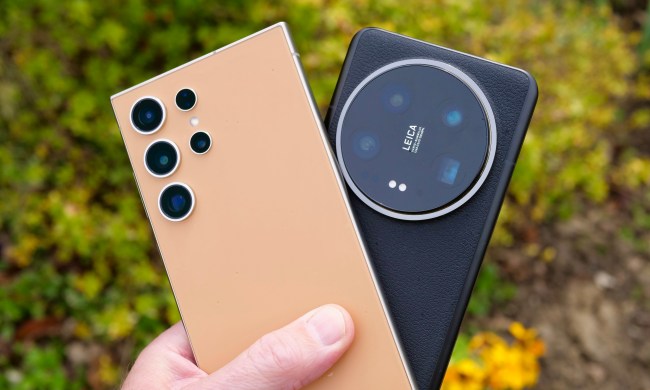Like some other monopods, the HFMP attempts to merge the best of both worlds with three small legs at the bottom, but unlike other hybrid monopods, a new locking system means the rig can be left alone while still keeping gear upright.
The HFMP’s ability to hold heavier loads in a hands-free manner relies on a new free-standing base design at its base. A locking plate secures the support rig in place with a simple press of the foot. Unlocked, the HFMP functions like a normal monopod, tilting and even rotating to adjust composition quickly and add manual movements to video. Locked, the HFMP holds that heavy payload steady, freeing the user’s hands.
Libec says the monopod, on its own, can hold up to 17.6 pounds, or with a video head, up to 9 pounds. The company clarifies, however, that the capacity is meant to illustrate how much it can hold as a monopod — not how much it can hold while freestanding. Factors like wind and using the monopod on uneven ground are going to lower that number, or at least discourage users from wandering beyond an arm’s length from their gear. The company does show the system freestanding with a Sony full frame mirrorless camera and lens indoors, however.
The HFMP is available on its own to add any head with a 3/8 inch thread (keeping in mind the weight of the head and its capacity will affect how much the monopod can hold), or as a kit with a video head.
The monopod’s two leg sections allow for a height range of between 29.1 and 69.3 inches. The entire monopod (without a head) weighs about four pounds and ships with its own carrying case.
The HFMP will sell beginning in March for $200 on its own, or for $340 with the video head kit.



